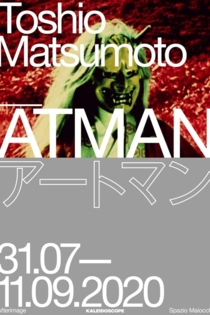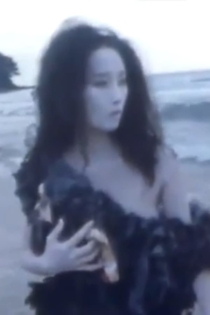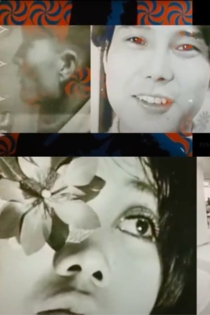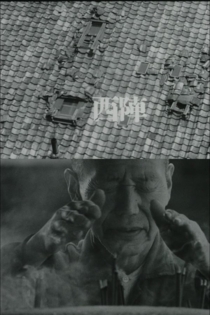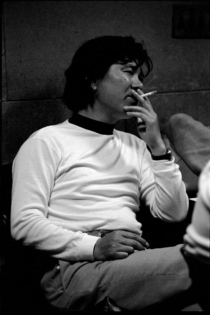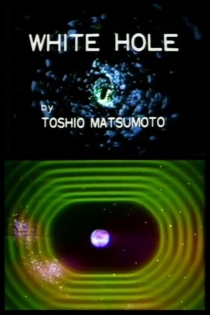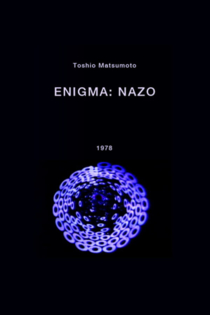
Toshio Matsumoto
1932 - 2017Matsumoto published many books of photography and art and was a professor and dean of Arts at the Kyoto University of Art and Design. He was also the President of the Japan Society of Image Arts and Sciences.
修羅
Toshio Matsumoto
Katsuo Nakamura, Juro Kara
Gengobe Satsuma, an exiled samurai cast out as an Asano clan retainer is given a second chance to join his brothers in arms to become the 48th Ronin against the Shogunate. His faithful servant gathers the 100 ryo required for his acceptance. Gengobe is also in love with a greedy geisha named Koman. About to be sold to another man, Gengobe learns that for him to keep her, her debt is exactly 100 ryo.
Demons

ドグラ・マグラ
Toshio Matsumoto
Yōji Matsuda, Shijaku Katsura
A young man kills his bride on the day of his marriage and goes insane. He wakes up in an asylum with no memory, left in the hands of two mysterious doctors who relate his condition with his biological identity.
Dogra Magra
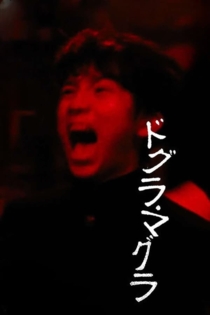
石の詩
Toshio Matsumoto
While extracting and polishing their blocks of stone, stonecutters used to say “the stone is coming to life". This paradox provided Matsumoto with the best metaphor for what making a film is all about. In his opinion, filmmakers work images in the same way that stonecutters work stones.
The Song of Stone
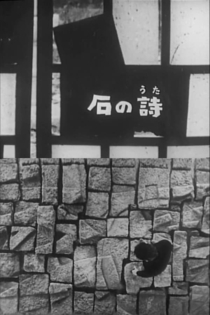
アートマン
Toshio Matsumoto
ĀTMAN is a visual tour-de-force based on the idea of the subject at the centre of the circle created by camera positions (480 such positions). Shooting frame-by-frame the filmmaker set up an increasingly rapid circular motion. ĀTMAN is an early Buddhist deity often connected with destruction; the Japanese aspect is stressed by the devil mask of Hangan, from the Noh, and by using both Noh music and the general principle of acceleration often associated with Noh drama.
Atman
